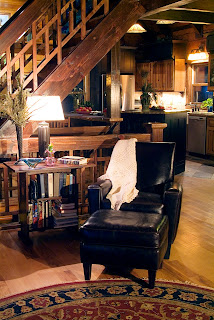
What is the difference between hiring a professional, educated, certified interior designer or hiring your local furniture store to design your home? Lots of reasons as stated in a recent NY Times article on interior design. Buyer beware of being sold services that may end up costing you more money, time and resulting in a home that is not what you planned. Many local furniture stores offer interior design services, but you will pay retail for furnishings and be limited to those sold by that store. Professional and certified interior designers offer a much wider scope of services, are aligned with a very broad spectrum of products and can purchase products for their clients at wholesale costs. Professional designers are also trained to think laterally about the vast array of decisions made simultaneously while designing & constructing your home. They know how to guide you through the process, coordinate with all the team players, your builder, architect, sub-contractors which is a very overwhelming task if one is not accustomed to doing this. Then once the home is designed, they are able to provide decorating services for completely furnishing your home from furniture to rugs, table lamps, window treatments, bed linens, dishes, art and much more!
See NY Times Article:






